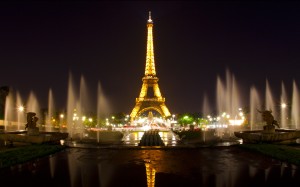 France Population 2013
France Population 2013
The population of the French Republic is estimated to be about 65.8 million people, which is an increase of about 0.57% from the last record of population. Historically, the population of France has always been less than the population of Germany. However, the populations of the United Kingdom and France have oscillated between the more populous countries. France had a smaller population than the United Kingdom until about 1984. However, in recent years, the population of the United Kingdom has increasingly become closer and closer to the population of France. Based on the total land area and the total population of the country, the population density is estimated to be about 252.5 people per square mile.
Demographics of France
The largest ethnic group in the French Republic is the native French population. This group makes up approximately 92% of the population. The next largest ethnic group is the Arab and North African group, which make up about 4% of the population. There is also a German, Breton, Catalan, and Italian population in the country. The official language of the country is French. In fact, the usage of French is required in commercial and workplace communications.
France Geography and Climate
France covers 547,030 square kilometres (211,209 sq mi), the largest among European Union members. France possesses a wide variety of landscapes, from coastal plains in the north and west to mountain ranges of the Alps in the south-east, the Massif Central in the south-central and Pyrenees in the south-west.
The north and northwest regions of France have a temperate climate, while a combination of maritime influences, latitude and altitude produce a varied climate in the rest of Metropolitan France. In the south-east regions of France a Mediterranean climate prevails. In the west, the climate is predominantly oceanic with a high level of rainfall, mild winters and cool to warm summers. Inland the climate becomes more continental with hot, stormy summers, colder winters and less rain. The climate of the Alps and other mountainous regions is mainly alpine, with temperatures below freezing for over 150 days of the year and snow cover lasting for up to six months.
Religion in France
The largest religious group in the French Republic is the Roman Catholic Church. About 80% of the population identifies as Roman Catholic; however, the majority of the religious population does not actually actively attend or practice the faith. French Protestants are known as Huguenots and represent approximately 1 million people in the country. John Calvin developed the Protestant religion Calvinism in Northern France. There is also a large Muslim community in the French Republic, made up of about 5 million Muslims. The country has been faced with some controversy surrounding the Muslim community as the government has tried to suppress parts of the faith and parts of the law associated with the faith. Lastly, while the population is small, there is in fact a Jewish population throughout the country of France.
 Sports in France
Sports in France
The most popular sport in the French Republic is football (American soccer), which is regulated by the French Football Federation. The French National Team placed 2nd in the 2006 World Cup. Another very popular sport is tennis, especially when it comes to the French Open, an international tennis tournament. Every year France hosts the Tour de France, a three-week long cycling event. All of the stages are timed to the finish; after finishing the riders’ times are compounded with their previous stage times. The rider with the lowest aggregate time is the leader of the race and gets to don the coveted yellow jersey.
France’s Aging Population
http://www.youtube.com/watch?v=rMoXyAeViRs
Historical Population of France
The growth of the French Republic has been a positive growth, but the growth has been fairly slow. In 1960, the population of the country was approximately 47 million people. However, over the next 50 years, the population has only grown to about 66 million people.
| Year | Population (millions) |
| 1960 | 46.64 |
| 1965 | 49.83 |
| 1970 | 51.96 |
| 1975 | 53.94 |
| 1980 | 55.17 |
| 1985 | 56.7 |
| 1990 | 58.28 |
| 1995 | 59.56 |
| 2000 | 60.91 |
| 2005 | 63.18 |
| 2010 | 65.08 |
| 2011 | 65.43 |
Projected Population of France
The population of the French Republic is expected to continue its slow growth over the next 37 years. The birth rates are projected to remain fairly steady, only ranging from 11.9 births per 1000 people to about 12.5 births per 1000 people. The death rates will range a little more, but still remain pretty steady. The lowest death rate is 9.6 deaths per 1000 people, while the largest death rate is 11.3 deaths per 1000 people. Also, the net migration rate is projected to remain positive throughout the next 37 years, contributing to the growth of the population.
| Year | Population (millions) | Percent Increase |
| 2015 | 66.408 | 0.92% |
| 2020 | 67.763 | 2.0% |
| 2025 | 69.056 | 1.9% |
| 2030 | 70.055 | 1.4% |
| 2035 | 70.931 | 1.3% |
| 2040 | 71.786 | 1.2% |
| 2045 | 72.612 | 1.2% |
| 2050 | 73.413 | 1.1% |



 Italy Population 2013
Italy Population 2013 Italian Cuisine
Italian Cuisine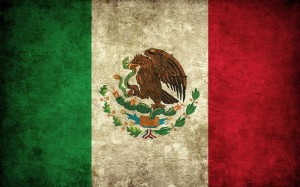 Mexico Population 2013
Mexico Population 2013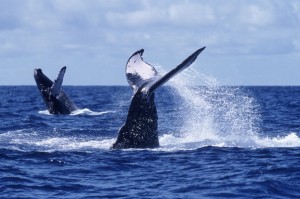 Animals in Mexico
Animals in Mexico Japan Population 2013
Japan Population 2013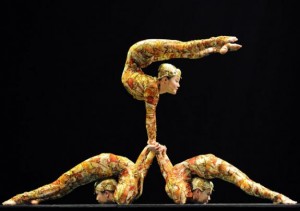 Entertainment Industry in Japan
Entertainment Industry in Japan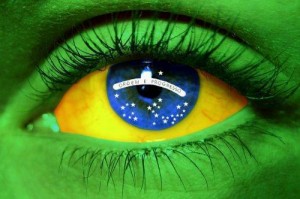 Brazil Population 2013
Brazil Population 2013 Sports in Brazil
Sports in Brazil